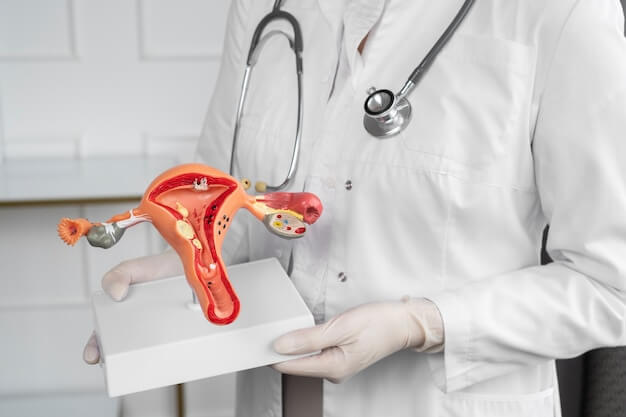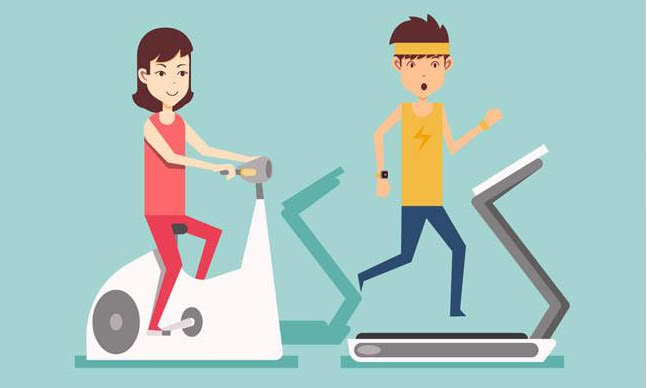
Uterine leiomyoma is a common disease among women of childbearing age. The cause is unclear, but it can be known that it is hormone dependent, that is, it tends to grow at the peak of fertility, especially during pregnancy. Most women will shrink after menopause.
How to judge hysteromyoma
Common symptoms of hysteromyoma are increased menstruation, prolonged menstruation, and a long course of disease will lead to anemia, lumbosacral swelling discomfort. If the tumor is large, you can touch a hard mass in the abdomen, and pressing the bladder may be accompanied by frequent urination symptoms. However, most patients encountered in clinical practice have no obvious symptoms, which are only found in the physical examination process. This is because the clinical manifestations of uterine leiomyoma are related to its growth location. According to its growth location, it can be divided into three common types: intramural leiomyoma, submucosal leiomyoma, and subserous leiomyoma. If the intramural fibroids protrude into the abdominal cavity and are not large, they generally do not have symptoms. If the fibroids grow into the uterine cavity or even grow in the uterine cavity (called submucosal fibroids), they will basically have increased menstrual flow. In clinical practice, we even encounter the tumors in the uterine cavity discharged to the outer mouth of the cervix. The vast majority of subserous fibroids are asymptomatic, but there is a risk of pedicle torsion, which will lead to chronic or acute abdominal pain.

What should I do if I get hysteromyoma
We should not be afraid of leiomyoma, because most of them are benign, and the malignant rate is very low. In the early stage, if the tumor is not large, we can only observe it regularly, and we can also consider taking some Chinese patent medicines to promote blood circulation and remove blood stasis. Generally, we should recheck the B ultrasound every three months to understand its growth. If the tumor is large, especially over 5cm, or accompanied by the aforementioned symptoms, surgical treatment should be considered. The surgical approaches include abdominal, vaginal and minimally invasive endoscopic surgery. In addition, the surgical approaches include myomectomy and hysterectomy with uterus reserved. The specific choice of the path and method depends on the patient's age, specific condition and their own wishes.

How to prevent uterine leiomyoma
The methods to prevent hysteromyoma are as follows:
First, women should try to avoid contacting some foods or drinks containing hormones in their daily life. Because the growth of uterine fibroids is related to female hormones, such as estrogen and progesterone, some foods, beverages, or cosmetics may contain some hormone ingredients, which should be avoided.
Second, because the growth of uterine fibroids is a long process, women should take a routine gynecological physical examination every year, and do ultrasonic examination to find small fibroids, especially submucous fibroids, as early as possible, so as to avoid causing serious symptoms. They should be found and treated as early as possible.
In this regard, preventive measures for uterine fibroids are also limited, because the cause of uterine fibroids is not particularly clear at present, and may not be completely prevented. Therefore, regular physical examination is the most important.
Popular Articles
-
The world's largest bird with wings, the drifting albatross has a wingspan of up to 3.7 meters

-

Photos
The world's most beautiful big cities at nightApr 03, 2025
-
 Treadmill PK elliptical machine, which is more fat burning?
Treadmill PK elliptical machine, which is more fat burning?Apr 03, 2025
-

Photos
What are the famous mountains in the world?Apr 03, 2025
-
 Lazy artifact, fully used without wasting
Lazy artifact, fully used without wastingApr 03, 2025
-
 5 benefits you can reap from long term running, apart from losing weight
5 benefits you can reap from long term running, apart from losing weightApr 03, 2025







Comments
0